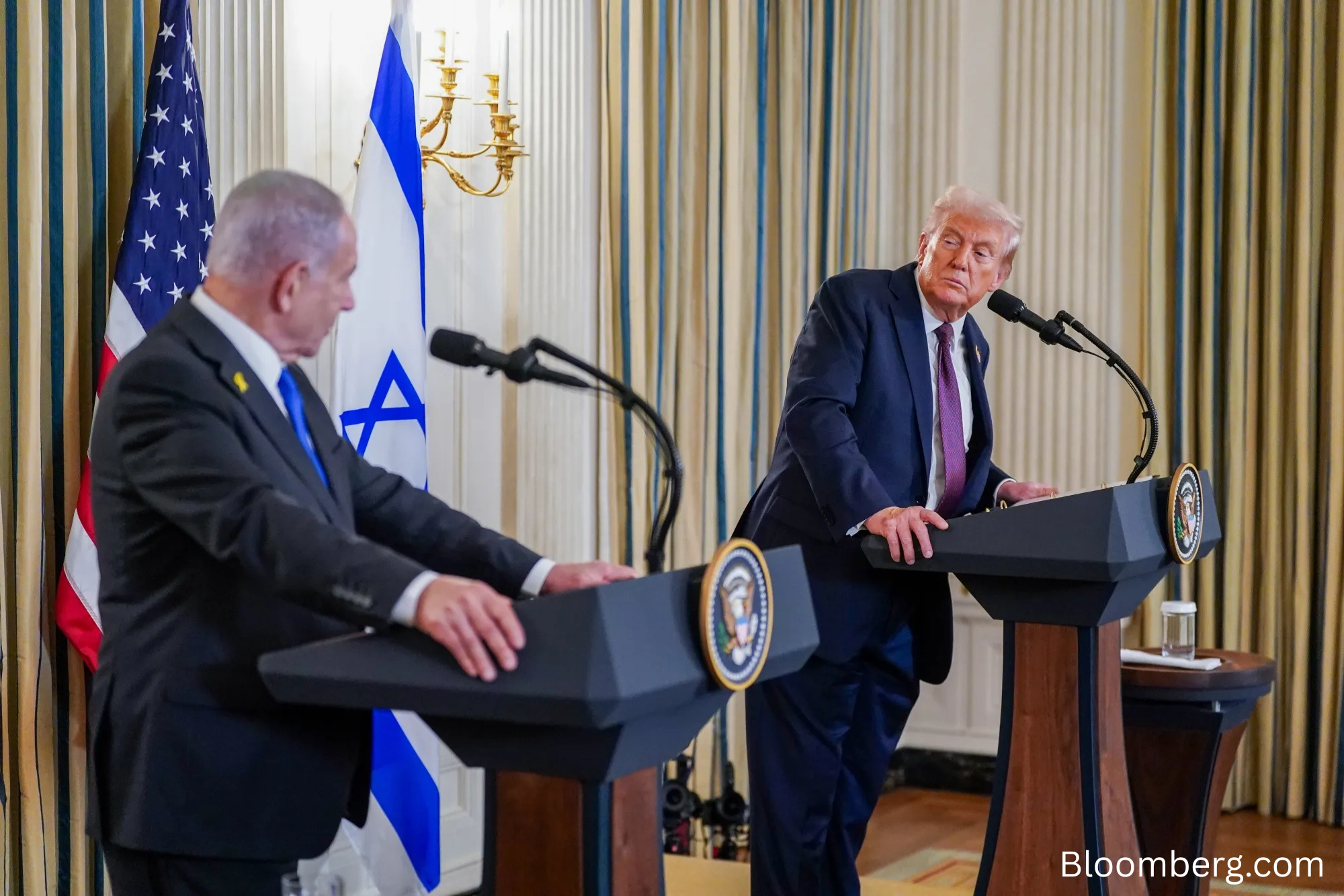Following Hamas’ response to former President Donald Trump’s peace proposal, the dynamics of diplomatic pressure have shifted. According to Daniel C. Kurtzer, former U.S. ambassador to Israel, Trump faced two paths: emphasize aspects of the plan Hamas rejected, or focus on what the militant group accepted. Trump opted for the latter, spotlighting the agreement to release hostages, increase humanitarian aid, and begin an Israeli withdrawal from Gaza. This strategic choice now places renewed pressure on Israel to act, highlighting the delicate balance of negotiation in the Middle East.
Two Options for Trump
After reviewing Hamas’ statement, Trump had a choice. The first option was to confront the group on the aspects of his peace plan it did not accept, potentially creating friction and slowing progress. The second option was to concentrate on the elements Hamas agreed to, such as ending hostilities, releasing hostages, expanding humanitarian support, and initiating Israeli withdrawal measures.
Trump’s decision to focus on the second path reflects a pragmatic approach, prioritizing tangible humanitarian outcomes and progress toward peace over insisting on full agreement from Hamas. This strategy allows the negotiations to move forward without stalling over unresolved issues.
Key Concessions from Hamas
While Hamas retained certain caveats, including the desire to negotiate detailed terms of future governance and retain a role in Palestinian political structures, the group agreed to major milestones. Chief among these were:
- Hostage Release: Commitment to return all Israeli hostages, a critical humanitarian and political priority.
- Ceasefire Agreement: Agreement to halt military operations, creating conditions for immediate reduction in violence.
- Humanitarian Support: Acceptance of increased humanitarian aid for Gaza, addressing urgent needs such as food, medical care, and basic infrastructure.
- Israeli Withdrawal Measures: Beginning steps toward partial Israeli withdrawal, signaling a potential easing of tensions on the ground.
These elements provided a framework for Trump to highlight progress and encourage Israeli cooperation.
Trump’s Strategic Choice
By overlooking Hamas’ caveats, Trump aimed to concentrate on actionable outcomes. Kurtzer noted, “Everything else, Trump can ignore. And it looks like he’s going to tell Netanyahu that’s the way it’s going to be.” This decision shifts the focus from potential disagreements to practical steps that can produce immediate humanitarian and diplomatic benefits.
This approach also reframes the negotiation narrative, emphasizing progress and fostering a sense of momentum. By highlighting what Hamas accepted, Trump positions himself and the U.S. as facilitators of tangible results rather than enforcers of complete compliance.
Shifting Pressure to Israel
Kurtzer observed that while early in the day, the pressure was directed at Hamas, Trump’s response effectively transferred it to Israel. By emphasizing actionable commitments, Trump now expects Israel to align with the plan, cooperate in the release of hostages, and facilitate the ceasefire and aid efforts.
This shift illustrates a common tactic in diplomacy: leveraging leverage and momentum to encourage reluctant parties to engage constructively. Israel’s leadership, particularly Prime Minister Benjamin Netanyahu, is now at the center of international attention, needing to balance domestic political considerations with the imperative to act on the peace plan.
Diplomatic and Humanitarian Implications
The strategy has important humanitarian and diplomatic implications. Emphasizing hostages, aid, and ceasefire supports immediate relief for those affected by the conflict. It also sends a message to the international community that progress is possible despite remaining disagreements.
Additionally, this approach reinforces the importance of negotiation flexibility. By focusing on achievable objectives, leaders can create incremental progress that builds trust, reduces violence, and lays the groundwork for more comprehensive agreements.
Challenges Ahead
Despite the progress, challenges remain. Hamas’ insistence on negotiating the details of governance and political participation, Israel’s security concerns, and domestic political pressures on both sides could complicate implementation. International mediators, including the United States and regional partners such as Egypt, Qatar, and Jordan, will need to continue facilitating communication and ensuring commitments are honored.
Successfully shifting pressure to Israel requires careful diplomacy, verification of agreements, and coordination with multiple stakeholders to prevent missteps that could reignite conflict.
Conclusion
Trump’s strategic decision to focus on what Hamas accepted has shifted the pressure to Israel, emphasizing hostage release, humanitarian aid, and ceasefire as immediate priorities. By overlooking caveats and highlighting tangible progress, Trump’s approach aims to advance negotiations, reduce violence, and foster a pathway toward peace. While challenges remain, this diplomatic maneuver underscores the complexity of Middle East negotiations and the critical role of leadership, timing, and strategic focus in achieving results.




